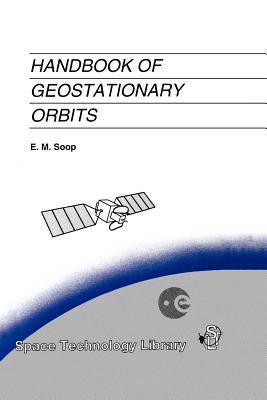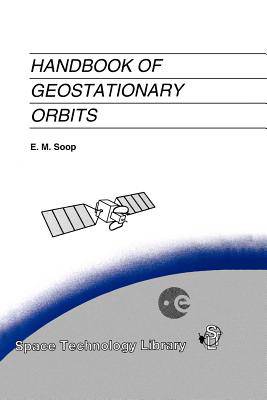
Door de nationale actiedag kan je online bestelling iets langer onderweg zijn dan normaal. Dringend iets nodig? Reserveer en haal na 1u af in een winkel met voorraad.
- Afhalen na 1 uur in een winkel met voorraad
- Gratis thuislevering in België vanaf € 30
- Ruim aanbod met 7 miljoen producten
Door de nationale actiedag kan je online bestelling iets langer onderweg zijn dan normaal. Dringend iets nodig? Reserveer en haal na 1u af in een winkel met voorraad.
- Afhalen na 1 uur in een winkel met voorraad
- Gratis thuislevering in België vanaf € 30
- Ruim aanbod met 7 miljoen producten
€ 152,95
+ 305 punten
Omschrijving
This Handbook 0/ Geostationary Orbits is in principle an extension of the Introduction to Geostationary Orbits that was printed as a special publica- tion by the European Space Agency (ESA) in 1983. The immediate purpose was to provide the theoretical background and some practical advice for the orbit control of geostationary spacecraft by means of the software package "PEPSOC". PEPSOC, short for "Portable ESOC Package for Synchronous Orbit Con- trol", was produced by the European Space Operations Centre (ESOC) to support spacecraft operations in the routine phase. The resulting publication was a handbook for engineers and spacecraft operators, rather than a clas- sical textbook in celestial mechanics. During the past eleven years, the software system PEPSOC has found a wide application both within and outside the ESA member states. At the same time, the original Introduction found numerous readers also outside the group of PEPSOC operators. The continuing development and the in- creasing use of the geostationary orbit has now created the need for a new, more detailed publication to include new aspects that have emerged. The present Handbook contains several additional subjects and more math- ematics to describe the methods applied in PEPSOC. The geophysical and astronomical parameters have been updated to reflect the latest recom- mended values. This results in small deviations of the numerical data compared to the Introduction.
Specificaties
Betrokkenen
- Auteur(s):
- Uitgeverij:
Inhoud
- Aantal bladzijden:
- 309
- Taal:
- Engels
- Reeks:
- Reeksnummer:
- nr. 3
Eigenschappen
- Productcode (EAN):
- 9789048144532
- Verschijningsdatum:
- 7/12/2010
- Uitvoering:
- Paperback
- Formaat:
- Trade paperback (VS)
- Afmetingen:
- 156 mm x 234 mm
- Gewicht:
- 444 g

Alleen bij Standaard Boekhandel
+ 305 punten op je klantenkaart van Standaard Boekhandel
Beoordelingen
We publiceren alleen reviews die voldoen aan de voorwaarden voor reviews. Bekijk onze voorwaarden voor reviews.









